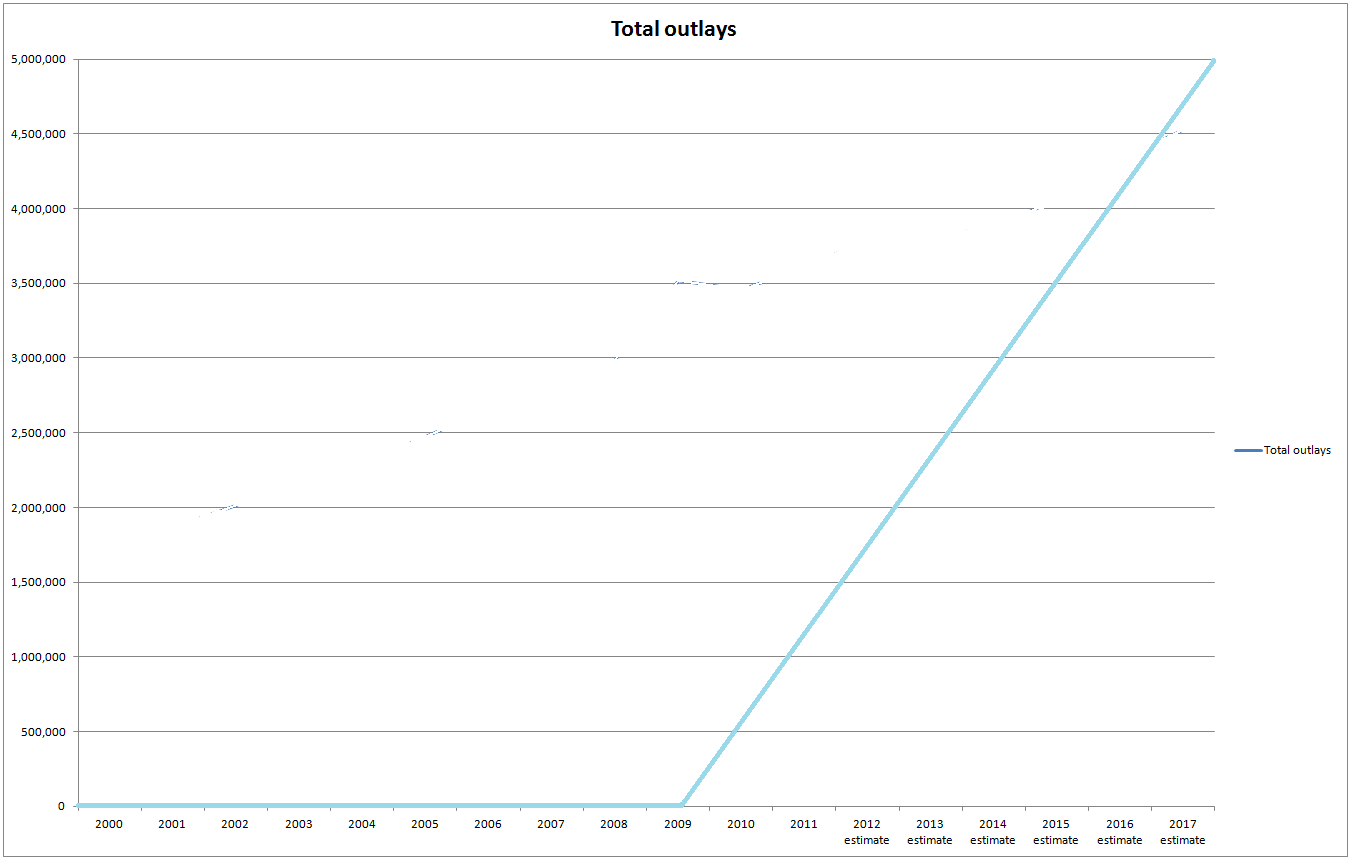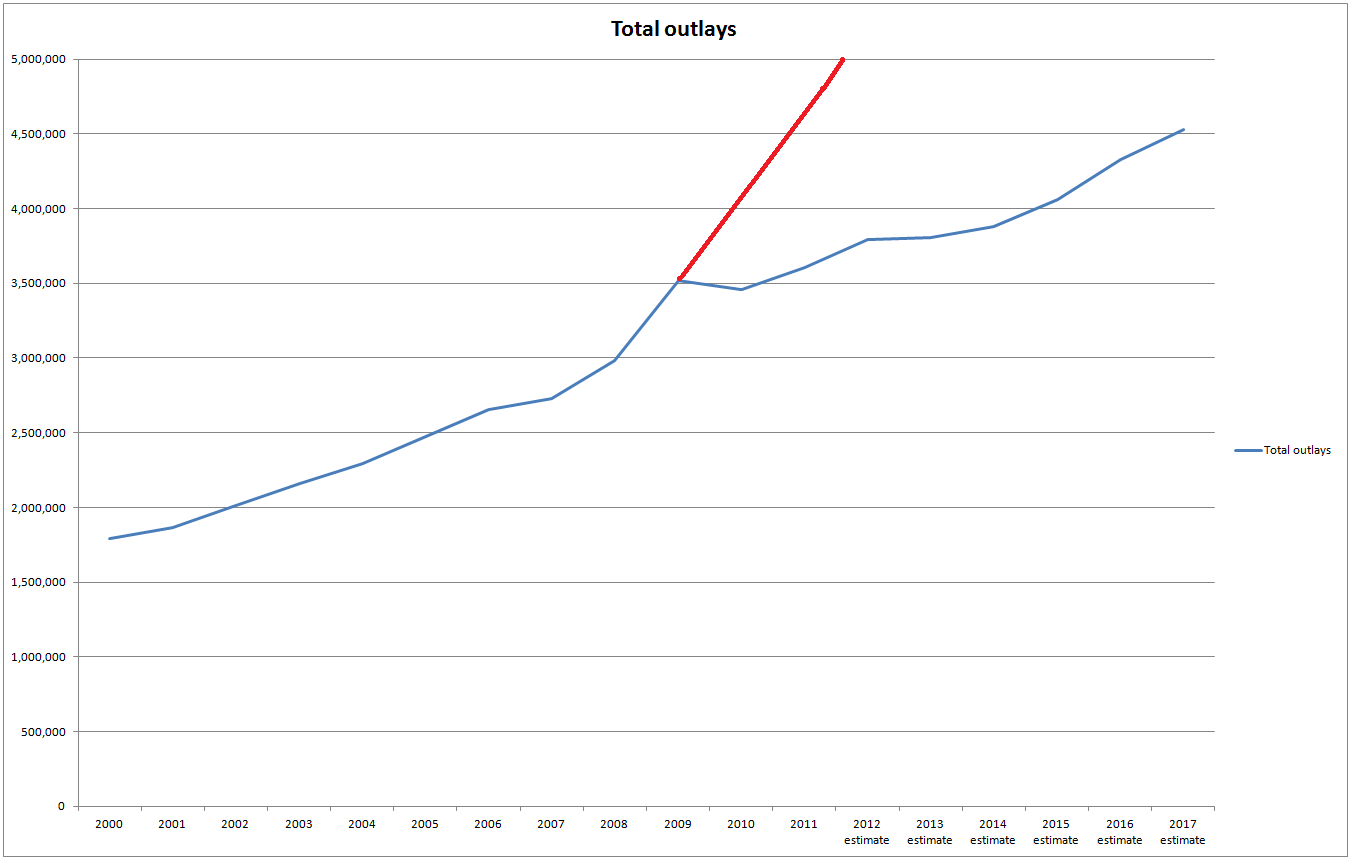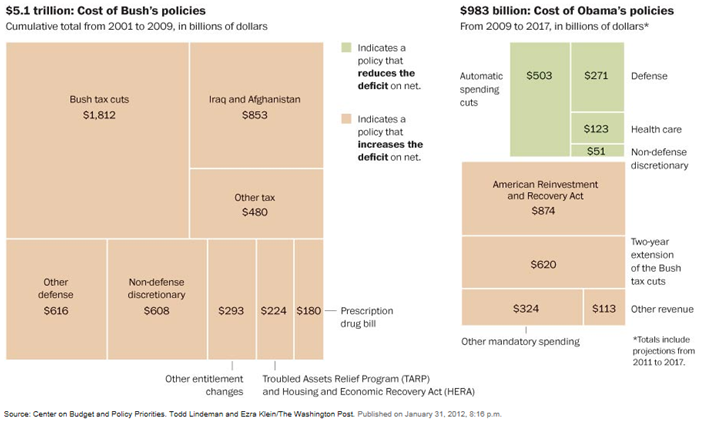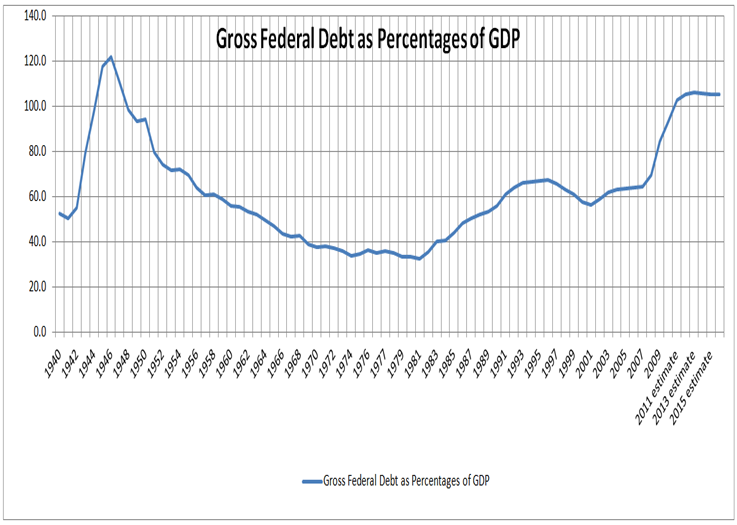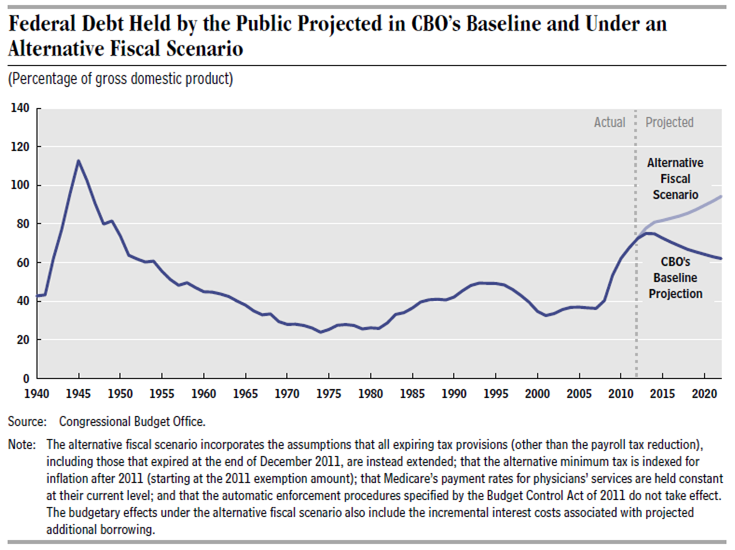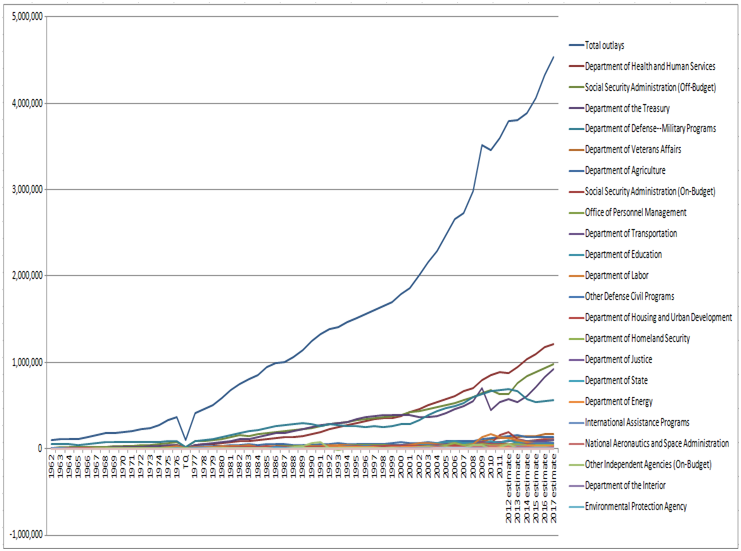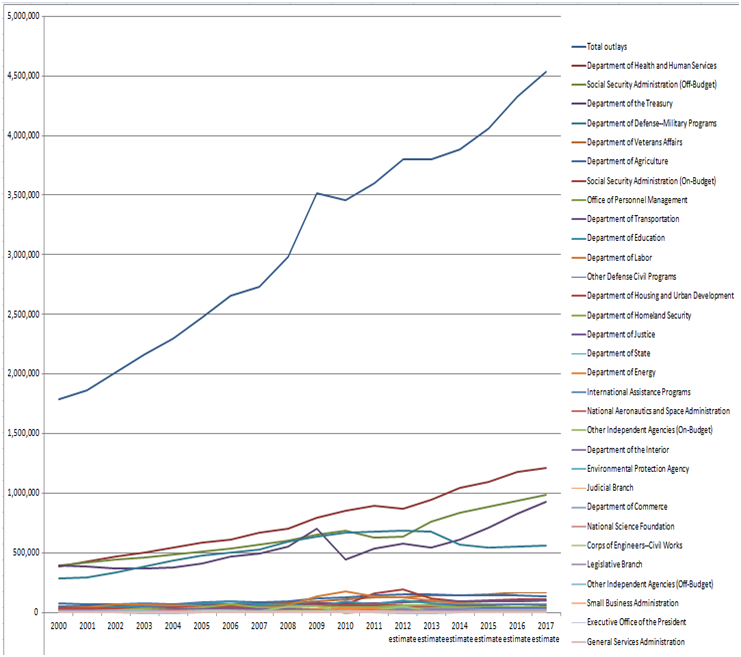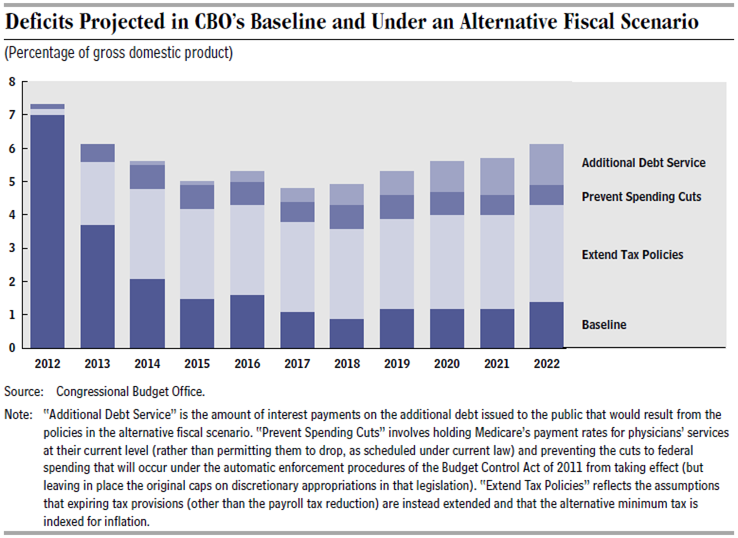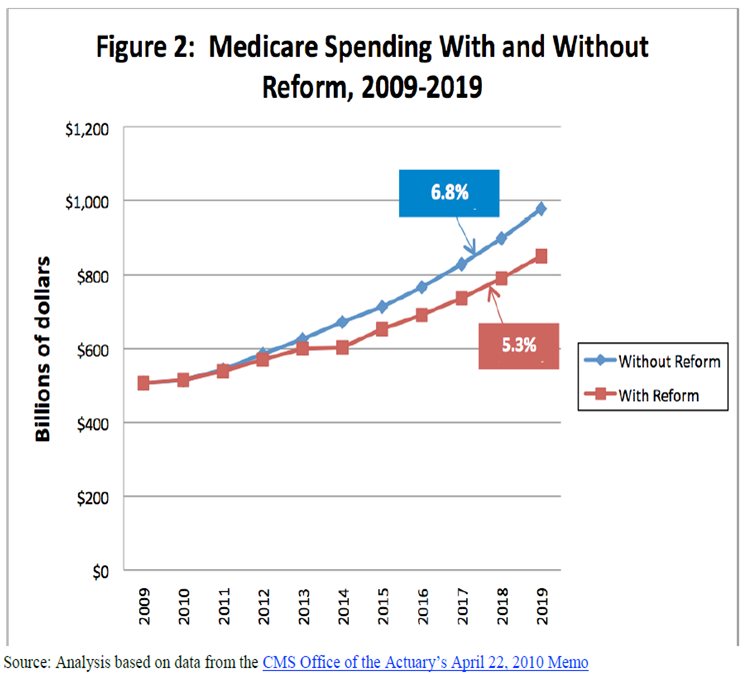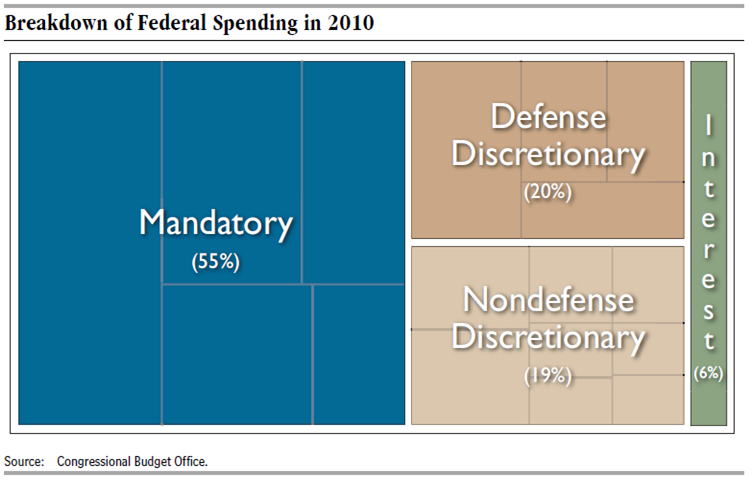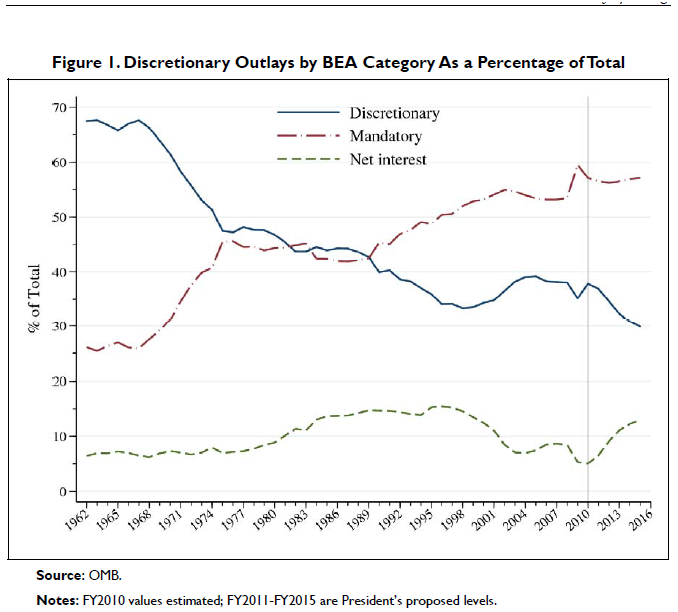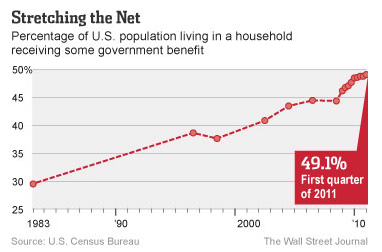I have been trying to understand what all the fuss is about with the Higgs-Boson. In college, my Electrical Engineering curriculum did include three classes in physics and three classes in calculus. However, this has not been of much use to me with my research into the Higgs field. The lay person’s articles I have read try to use metaphors but I have found them a bit trite so I thought I would take a whack at it with my own thought experiment. If you are a serious minded person I would advise you not to read this as, at best, it is probably a geeky, feeble attempt at entertainment so save yourself the aggravation.
Let’s suppose there is a bubble. This bubble is not anywhere or at any time since the bubble itself creates time and space. For old times’ sake, let’s suppose this bubble is called ether. The ether is not consistent through the entire bubble. It has irregular pockets of more concentrated ether, less concentrated ether and even pockets of no ether at all. The ether is a very odd substance. It can be very different depending on what you are. It can be quite sticky and gooey or it can be quite thin like air or like the vacuum of empty space or even not noticeable at all depending on who you are. Let’s suppose you are moving infinitely fast. You would not see the ether at all and nothing in the ether would see you. You would have no footprint in the ether, no mass, and no noticeable effect whatsoever. From someone’s perspective in the ether, you would not exist; you would be nothing. From your perspective, the ether would be totally unified in everything else that you saw. Any and all forces in the ether or outside the ether would be unified, the same force. We could say that everything was totally symmetrical, super-symmetry. Of course, an observer in the ether would see various forces. Perhaps the observer in the ether might have an intuition of the nothing outside of the ether but it would only be at best a hunch with absolutely no objective evidence.
Now, suppose you could slow down enough so that the ether barely existed for you, a bit like the vacuum of space. At this point, the perfect symmetry you were in would be broken by the bare existence of the ether. Suppose you were still going fast enough so that the ether offered no resistance to you but there was a bare distortion of the time and space in the space you were in. However, remember that the ether is not uniform and consistent in the bubble. Therefore, whenever you contacted more sparse ether or none at all, the minimal distortion of time and space of the ether would disappear and you would be going infinitely fast again. The distortion of the ether would have an effect on anything in its reach. However, since you a traveling through pockets of sparse ether or not ether the minimal distortion of time and space would be effected. Since the lack of ether you moved into was nothing, the ether could not follow you into nothing. No trail of ether into the nothing that you entered could be seen from inside the ether since ether cannot be ‘in’ nothing. You would look like the starship Enterprise going into warp drive as you entered the boundary of the nothing, hyperspace or better yet hyper-inflation [big bang]. What someone inside the ether would see of you would look like a hole, not even a dark hole, just a hole. Now let’s suppose you had a whole lot of friends doing the same thing you were doing. Someone inside the ether might look at you and your friends and see something like holes but without darkness in the hole merely many distorted pockets of time and space that effected things in the ether. The holes would have no color that could distinguish it. The observer would just see the uniform color of the ether at its boundary. The only way the observer might notice the holes would be to detect odd behavior around the holes. They might call this odd behavior dark energy. It would be noticeable because it would not attract anything in the ether into the hole but repel everything away from the hole. Since things can only exist in the ether, things would be pushed away from the lack of ether. It might even have a counter effect to big objects that sink into puddles of ether and pull things behind them such that it would oppose this attraction and keep things in relative equilibrium so something massive would not pull the universe into the miry ether bog along with it.
Now, let’s suppose you slowed down more so that as you moved through the ether, the ether acted more like air. You would make air waves of sorts as you transverse through the ether. These waves would be more severe distortions of time and space. However, while the ether boundary reacted to your motion with waves, these waves do not act like normal waves. Because you were still moving very fast, much faster than 186,282 miles per second, you would look from inside the ether as if you were accelerating if you could be seen [which you can’t]. The waves or more severe distortions of time and space would not be equally spaced as they reached the boundary of the ether, sort of like a shore, they would catch up to each other as they neared the shore. However, the observer in the ether could not see this. What the observer can see is the shore, the boundary of the ether, where all the incoming very odd waves would finally converge and reinforce each other’s wave amplitudes infinitely such that they would appear to actually stop just at the ether boundary. Because you looked like you were accelerating from someone observing within the ether, the effect of this would be to allow the waves to catch up to each other and pile up from your motion at the ether boundary. The piling up of ether waves at the boundary would not have any mass at your current speed only severe distortions of time and space. It would be limited by the ether to 186,282 miles per second at the boundary. If someone were watching this from within the ether it would look like light. The wave would be time and it would be stopped at the boundary, the speed of light, but started again as the wave slowed more and moved toward the observer in the ether.
Now, let’s suppose that you slowed down even more while still moving faster than the speed of light. However, now infinitesimally small waves would crest over the light barrier and make tiny ripples in the ether that an observer in the ether could detect. These tiny ripples showed up as very small amounts of mass. To the observer in the ether, the mass would look like a particle or a wave depending on what the observer was looking for but, this is weird so let’s take a step back. Remember that you have a whole lot of your friends doing the same thing as you are doing. This means that all these spillover waves are clashing into each other producing a very frothy, bubbly mix of ether waves. Since some of your friends are shaped differently than you, the infinitesimally small, spillover waves would have different masses, shapes, spins, colors, strange characteristics, etc. as they chaotically crash into each other. Let’s say that you and your friends were really string shaped. The strange little masses that resulted from your slower speed waves in the ether might be perceived as a little piece of the string. The observer in the ether might think the resultant wave was a very tiny, sub-atomic particle like a quark or a lepton. Of course, you would know that you were not a tiny dot. You would know that the tiny particle representation of you that the observer saw was really only one little, tiny part of the string that you were. However, the observer in the ether could not see outside of the ether, outside of time and space so the observer would just think you and your friends were just tiny dots the observer called particles, tiny masses moving with momentum through the ether.
Let’s also say that you and your friends went right through the more dense part of the ether so that the observer would only see tiny particles come into and out of the ether existence. The observer would think that these tiny particles were rather quirky and random. However, let’s suppose some of your friends that had other shapes and sizes got stuck in the ether. Your stringy friends might get stuck at their ends or in the middle somewhere. They may even get stuck in two places so that the observer would see two dots or particles that appeared to be entangled with each other. The observer would see that whatever happened to one particle would instantly happen to the other particle even if the particles where on opposite sides of the ether universe. Whatever happened to one particle would happen to the other particle much faster than the speed of light. If your string friend was spinning one direction, the observer would see one particle spin clockwise and the other particle spin counter clockwise from the same string. If the observer changed the spin of one particle, the spin of the other particle would instantly change direction. If one particle was annihilated, the other particle would also instantly be annihilated. What the heck? They must be part of the same thing even though they look like two or more different things to the observer. If the observer looked for the tiny mass being moved around with momentum the observer would see it. However, if the observer was trying to see the waves in the frothy, gurgle of ether they could see the waves produced by you and your friends but the particle mass moving with momentum could not be observed at the same time. It is almost as the ether ‘knew’ what you were looking for and gave it to you. This would be one of those goofy characteristics of the ether. Some have even suggested that there might be other ether bubbles that behave very different from the ether in the observer’s bubble that you and your friends, these strings, might also move through…weird, huh? They call them parallel universes.
Now, remember the holes, the dark energy? What if our string friends that the observer sees as dot particles that punctuate the ether does something odd at the boundary of the more dense ether and the less dense ether. What if the strings, hyper-accelerated at the boundary where the ether gets thin or there are pockets of no ether, invert the mass the observer sees of the particle into a negative mass? In other words, instead of a tiny portion of the waves spilling over into the observer’s ether, the inability of the wave to spill back over into the nothing would create a kind of mass hole, a mass that is not positive but negative. Negative mass would be the trail of hyper-expansion just before the string particle passes out of existence at the boundary of the ether. The negative mass might repel rather attract inside the ether. Positive mass in the ether is an attractive force. Perhaps we could call this negative mass ‘dark mass’? Perhaps the dark mass would look like scaffolds, a trellis that the vine of the universe grows on, because it demarcates the thinning of the ether and even the lack of the ether at the pockets of nothingness.
The ether also has some other odd behavior. Remember the waves that created time and space? Let’s suppose that nothing could ever be lost in the ether, no information could ever be lost. Therefore, everything that had ever happed was still stored somehow in the ether. Now, let’s say that the ether had the very odd effect of only allowing some waves to combine. Remember that all your string friends have different shapes and sizes that result in waves with different masses, shapes, spins, colors, strange characteristics in the ether. Well, the ether has this strange but very specific ability to let certain very exact and particular waves combine to form combinational sub-atomic particles. Once combined, the ether might allow some of these combinational sub-atomic particles combine to make ever bigger particles called atoms. Moreover, atoms could also combine to form things; things like stars, planets, galaxies, animals, humans, trees, rocks…you know. Perhaps one way to understand the way the ether does this is to think about cells and viruses. Cells have keyholes that only very specific viruses have the key to open. If there is a key/keyhole match the virus is allowed to combine with the cell. What makes them combine?…a force. Different forces are also part of the key/keyhole match. Some particles are held together with very strong forces while others are held together with weaker forces. As things get bigger from quirky sub-atomic particles to atoms to very large things like solar systems different forces act on the different bodies with attractions that are electric and magnetic and also repulsive as when opposites do not attract. As bodies get really large the very large masses settle into the ether and make massive ruts and bogs in the ether that smaller masses tend to fall towards with an attraction that is absolutely gravitational. However, since everything is wanting to move where its own momentum is moving it, some bodies such as planets may not fall directly into the very large mass but circle around them as planets around a sun or moons around a planet. Of course, since ether is wacky by definition some masses are so extremely large that they poke a hole in the ether and other masses fall right into them like a nasty black hole. They might go out of existence as defined by the ether and into nothing.
In any case, forces are not some spooky action at a distance but might have very little, tiny sub-atomic carrier particles that carry the force through the frothy, gurgly mix of ether. The forces and their carriers are also part of the key/keyhole that helps things combine or keeps them apart. For example, cooper atoms have particles called electrons in shells. In the most outer shells electrons are held together with a weak force so they are easily knocked out of the shell. In a cooper wire, the electrons can be knocked out with an electric of magnetic field at one end of the wire. The electrons bump into atoms further in the wire and knock out their electrons. A chain reaction is setup that propagates all the way through the wire at a very high speed. This is called current. All forces are thought to have carrier particles that allow forces to move through the ether. Even the ether is thought to have carrier particles. The carrier particles are called the Higgs-Boson. When these odd combinational waves in the ether break down, masses become energy. When the waves combine, energy becomes masses.
Ok, remember that the ether remembers ALL. Let’s say that the observer in the ether has partially discovered how to decipher some of the information in the ether. The observer has figured out that by looking back to the beginning of the memory, very far out into space, towards the beginning of the universe, the observer can see forces merging into each other. As the observer looks into the stored memory, the observer sees that the way key and keyholes worked to combine things changed with the way forces changed as they combined with each other. Very odd things like quasars that could never exist in the observer’s time were massive accumulations of particles and energy that could not exist in the observer’s time or space. Even further back, some kind of particle plasma made spooky shapes sort of like the Northern Lights. Even further back some empty space where the ether was super concentrated seemed to propel everything out in hyper-expansion from a single point. Some have called this point a big bang but since no one was around to hear it…well, you know. In any case, remember the beginning of this silliness? Remember, “Any and all forces in the ether or outside the ether would be unified, the same force. We could say that everything was totally symmetrical, super-symmetry”? Well, that is where we started, isn’t it?
